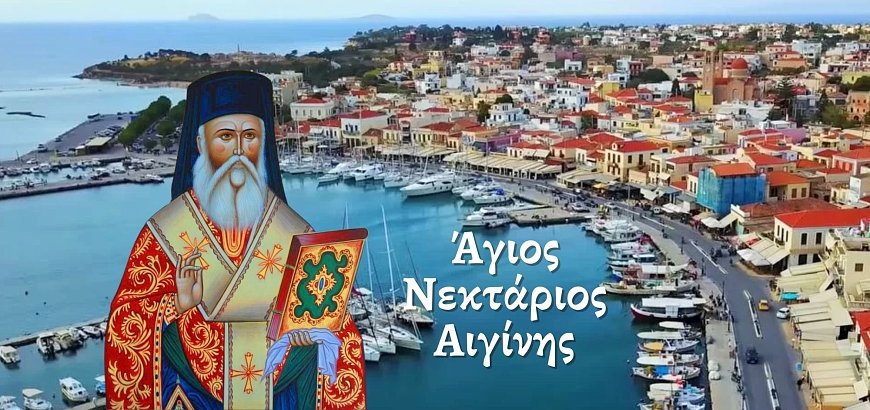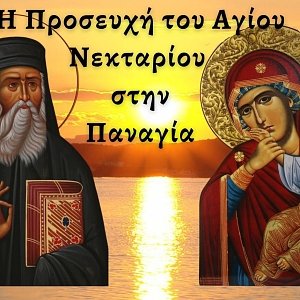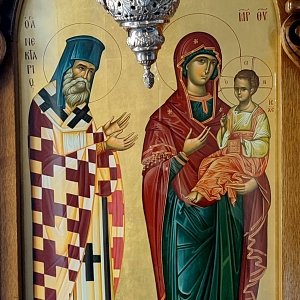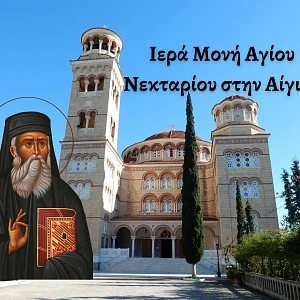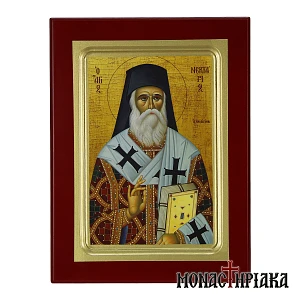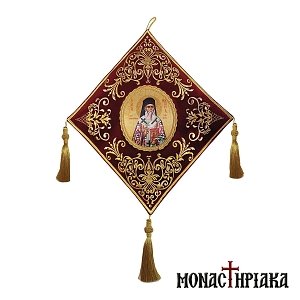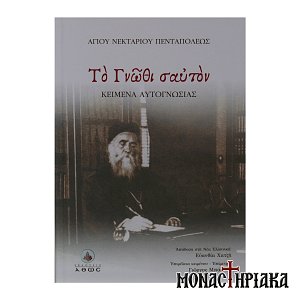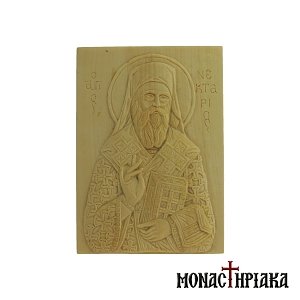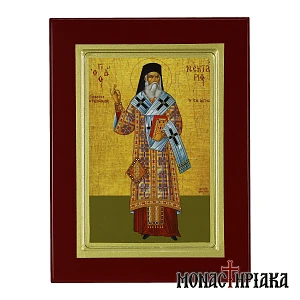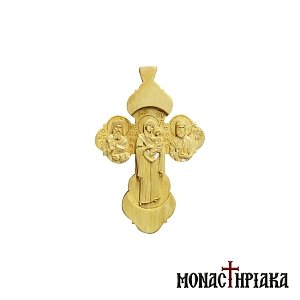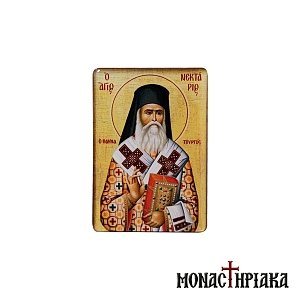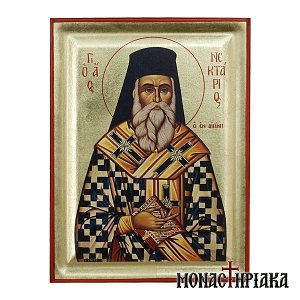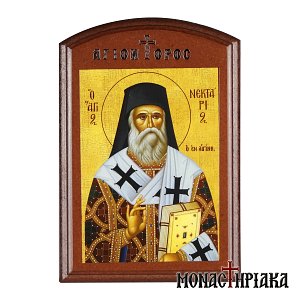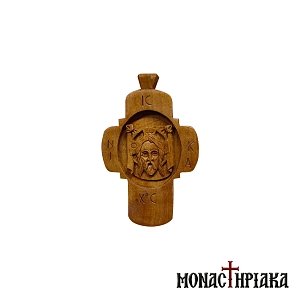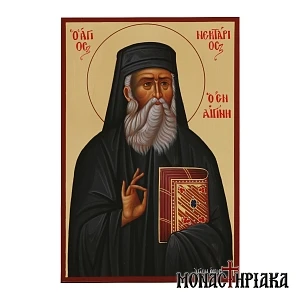When was Saint Nektarios born and what was his real name
Saint Nektarios was born on October 1, 1846 AD. in Silivria in Thrace by Demos and Vasiliki Kefala and was the fifth of their six children. His secular name was Anastasios.
The early years of his life and how he became a monk
At the age of 14, he moved to Constantinople, where he worked as a clerk and then as a teacher at the school of Metochi of the Holy Sepulcher. Afterwards, he went to Chios, where he served as a public teacher in the village of Litheio from 1866 AD. until 1876 AD.
In 1876 AD he became a monk in the New Monastery of Chios with the name Lazarus. A year later, on January 15, 1877 AD. he was ordained a deacon with the name Nektarios, by the Metropolitan of Chios Gregorios (1860 - 1877 AD), and assumed the secretariat of the Metropolis.
The Studies of Saint Nektarios – Life in Athens and Egypt
In 1881 AD he came to Athens, where at the expense of the Patriarch of Alexandria Sophronius IV (1870 - 1899 AD), he studied Theology and received his degree in 1885 AD.
Then, the Patriarch of Alexandria, Sophronius IV, ordained him in 1886 AD. elder and gave him the duties of secretary and Preacher of the Patriarchate of Alexandria. He was also Patriarchal Commissar in Cairo.

Saint Nektarios ordained Metropolitan of Pentapolis
On January 15, 1889 AD, he was ordained Metropolitan of Pentapolis. His actions as Metropolitan was memorable and because of this he was a main candidate for the patriarchal throne of Alexandria.
However, due to shameful slanders against Patriarch Sophronius, the humble Nektarios, in order not to grieve the old Patriarch, returned to Greece (1889 AD).
The return of Saint Nektarios to Greece
He was the Preacher of Evia, Fthiotida and Phocis and director of the Rizareio Ecclesiastical School in Athens (1894 - 1904 AD).
After the death of Patriarch Sophronius of Alexandria (1899 AD), Nektarios was invited to succeed him, but the Saint refused.
The Monastery of Saint Nektarios in Aegina
In 1904 AD founded a women's Monastery of Holy Trinity in Aegina, of which he personally took over the administration, after resigning from the Rizario School.
Since 1908, Saint Nektarios lived in a small house near the monastery. He wrote several works, mainly edifying and for the divine liturgy. His humility and charity were proverbial.
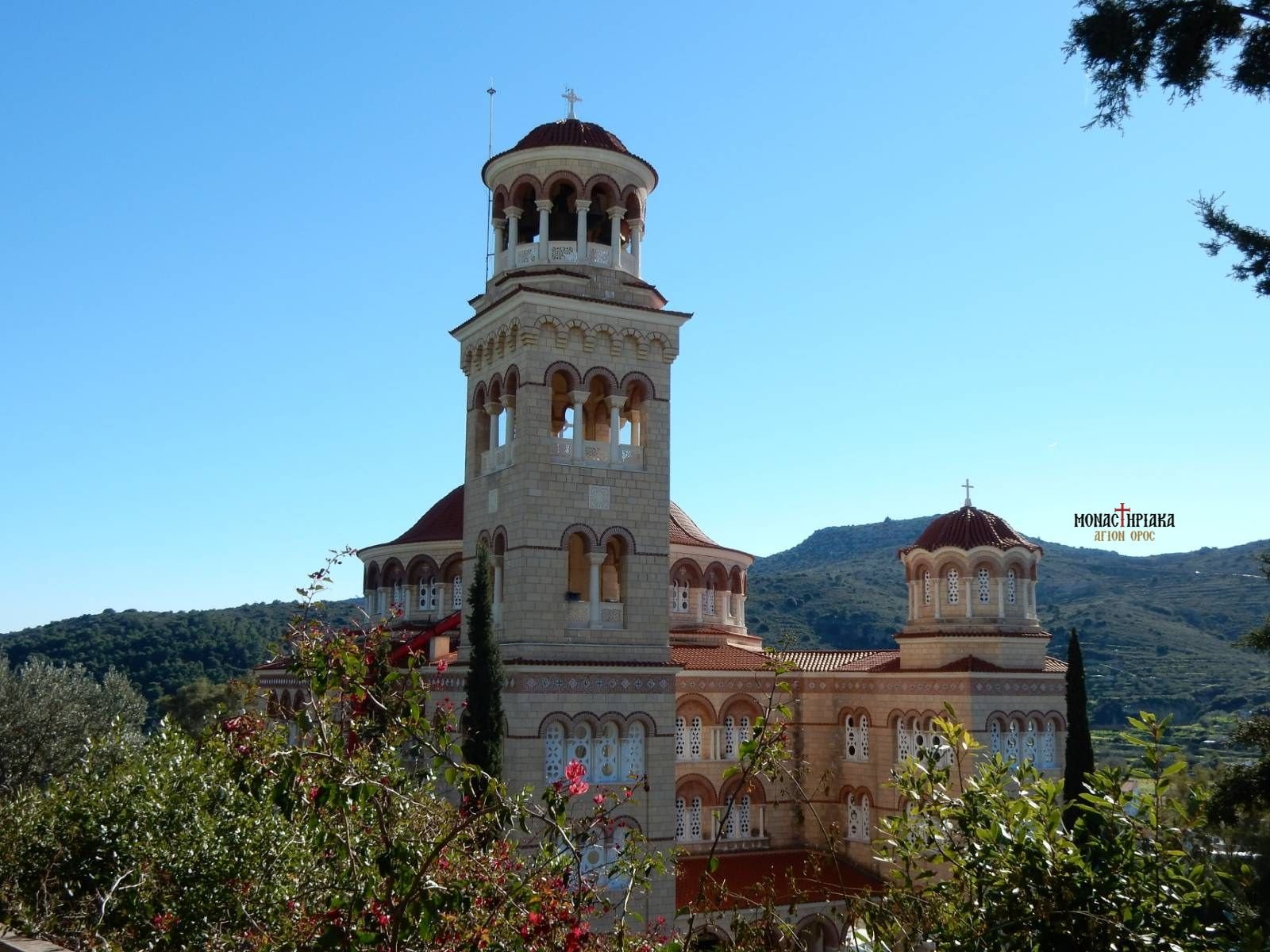
When did Saint Nektarios die and where is his tomb?
Saint Nektarios died in the evening of November 8, 1920 and was buried in the Holy Monastery Agias Triadas in Aegina.
Saint Nektarios performed many miracles, before and after his death.
His Holy relics were collected on September 3, 1953 and on April 20, 1961 by Act of the Ecumenical Patriarchate, he was proclaimed a Saint of the Orthodox Church.
Saint Nektarios is considered the patron saint of the poor, the weak and those looking for work.
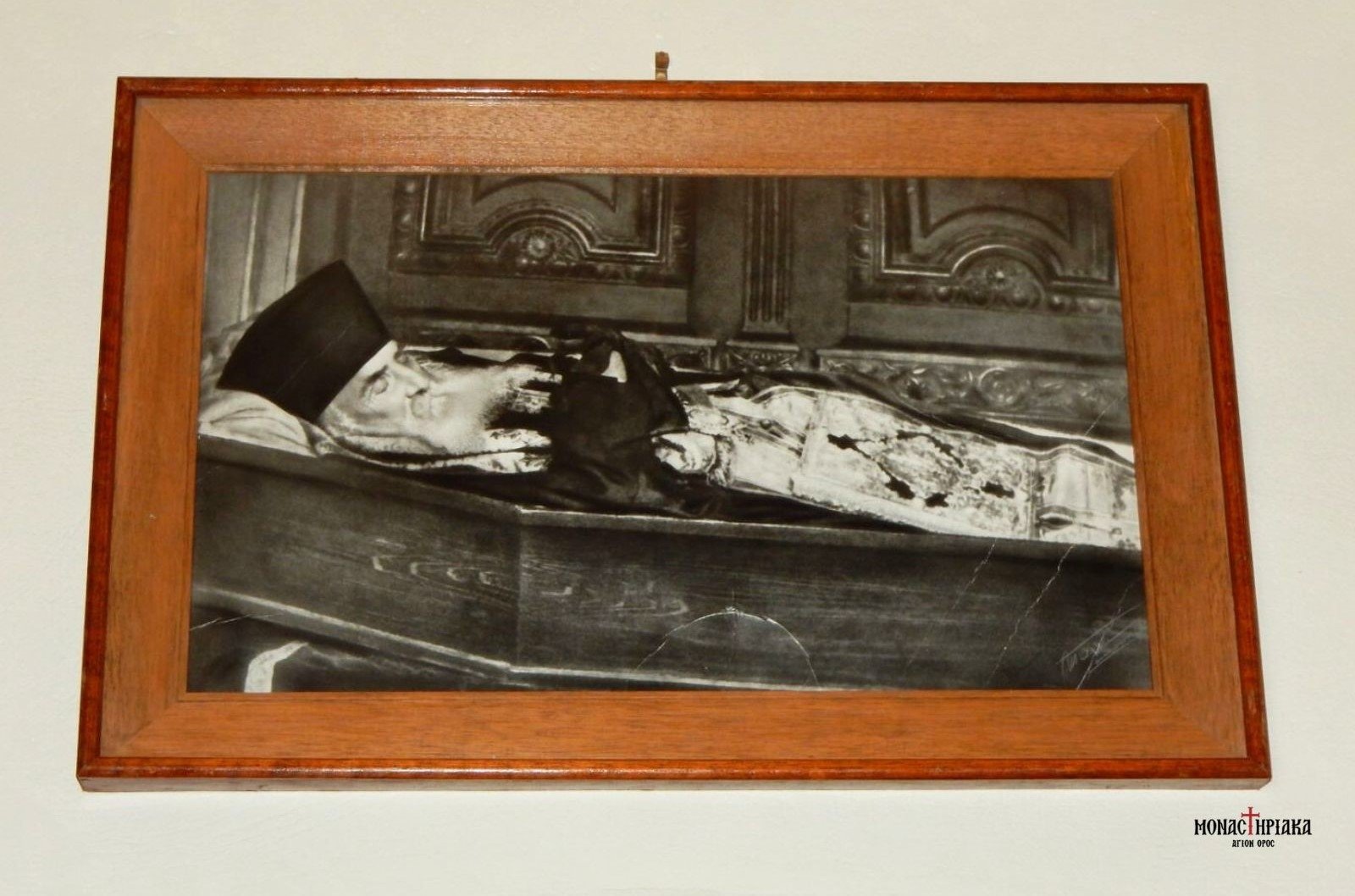
Here you can read the prayer of Saint Nektarios to Virgin Mary.
Dismissal Hymn of Saint Nektarios
O faithful, let us honour Nectarios, divine servant of Christ, offspring of Silivria and guardian of Aegina, who in these latter years was manifested as the true friend of virtue. All manner of healing wells forth for those who in piety cry out, "Glory to Christ who glorified you; glory to Him who, through you, wrought wonders; glory to Him Who, through you, works healing for all.
Ἀπολυτίκιον
Τῆς ἐρήμου πολίτης. Σηλυβρίας τὸν γόνον καὶ Αἰγίνης τὸν ἔφορον, τὸν ἐσχάτοις χρόνοις φανέντα ἀρετῆς φίλον γνήσιον, Νεκτάριον τιμήσωμεν πιστοί, ὡς ἔνθεον θεράποντα Χριστοῦ, ἀναβλύζει γὰρ ἰάσεις παντοδαπὰς τοῖς εὐλαβῶς κραυγάζουσι. Δόξα τῷ σὲ δοξάσαντι Χριστῷ, δόξα τῷ σὲ θαυματώσαντι, δόξα τῷ ἐνεργοῦντι διὰ σοῦ πᾶσιν ἰάματα.
Here you can find all the icons of Saint Nektarios of Aegina.
